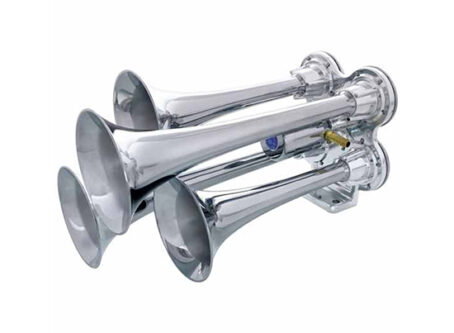Speed limiter proposal sets up fight over states’ rights
Over the years, many states have voted to eliminate separate speed limits for cars and heavy-duty trucks.
A proposal from the Federal Motor Carrier Safety Administration would take away a state’s ability to determine that it’s safer for all vehicles on a highway to be traveling at the same general speed.
Proponents of the DRIVE Act, which would prevent FMCSA from requiring speed-limiting devices on commercial motor vehicles, say it’s a states’ rights issue.
“We need the ability to have our state legislators and state senators to listen to the people and make adjustments,” said Rep. Josh Brecheen, R-Okla., who introduced the DRIVE Act in the House. “When the federal government does something, it’s put in place, and ingenuity and creativity are often lost. We need the ability to adjust to different conditions.”
Speed limiter rulemaking in the works?
Last year, FMCSA issued an advance notice of supplemental proposed rulemaking that considers requiring commercial motor vehicles with a gross vehicle weight of 26,001 pounds or more to be equipped with a speed limiter. The notice did not include a top speed, but safety groups are lobbying for trucks to be limited to 60 mph.
FMCSA is expected to unveil a formal proposal that includes a top speed later this year.
Opponents of mandated speed limiters argue that the devices would create dangerous speed differentials on the highways. States with speed limits of 70 mph likely would create a speed differential of about 15 mph between the general flow of traffic and the safety groups’ proposed top speed for trucks. States with speed limits as fast as 85 mph could create speed differentials of 30 mph or more between cars and trucks on the same highway.
States’ rights
Since the repeal of the National Maximum Speed Law in 1995, the authority to establish speed limits on state highway systems has rested with the states.
Initially, many states acted to keep speed limits for large trucks below the speed set for passenger vehicles. Over the past 15 years, however, the trend has been to eliminate or reduce speed differentials.
Currently, there are only eight states with speed limit differentials on at least certain segments of roadways: California, Idaho, Montana, Oregon, Washington, Arkansas, Indiana and Michigan.
Montana is the most recent state to act on the issue. It previously authorized cars to travel 80 mph on rural interstates, while trucks were limited to 65 mph. But in 2019, Montana law was revised to bump truck speeds to 70 mph.
Advocates for eliminating the state’s speed limit differential said the speed gap reduction was a step in the right direction but not enough.
“Speed limits should be set to keep traffic flowing freely. Currently, trucks are set at 10 mph below the rest of traffic, which causes congestion on our highways,” Rep. Josh Kassmier, R-Fort Benton, testified at the time. “It is my belief that allowing traffic to flow more freely is in the best interest of everyone’s safety.”
One decade earlier, Illinois and Ohio acted to get rid of 10-mph speed limit differentials.
Then-Illinois Gov. Pat Quinn said eliminating split speeds was a matter of safety. He noted numerous studies showed that when cars and trucks travel at the same speed, it lessens the likelihood of crashes.
In Ohio, uniform speed limits were enacted following years of action taken by OOIDA to educate state officials, policymakers and law enforcement that the difference in vehicle speeds contributes to crashes.
DRIVE Act
Brecheen introduced the House version of the DRIVE Act this past May. HR3039 has 27 co-sponsors.
Sen. Steve Daines, R-Mont., introduced the Senate version on July 27. S2671 has eight co-sponsors.
Daines said that an individual state’s geography and population should play a role in how speed limits are determined. He recently told Land Line Now that he believes a mandate would actually decrease safety.
“I think the average person is going to look at and see that it’s going to create unsafe driving conditions,” Daines said. “You have slow-moving trucks and fast-moving vehicles. The truck is on the road for longer periods of time. That’s not a good thing.”
The Owner-Operator Independent Drivers Association supports the DRIVE Act. LL
Senior Editor Mark Schremmer and State Legislative Editor Keith Goble contributed to this article.









